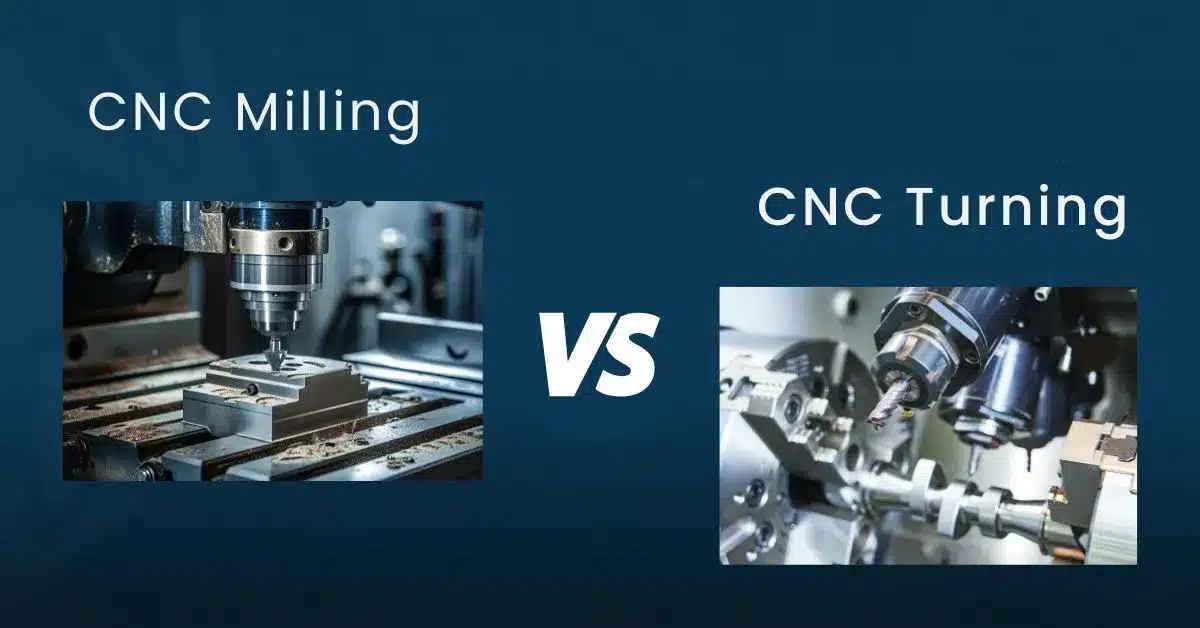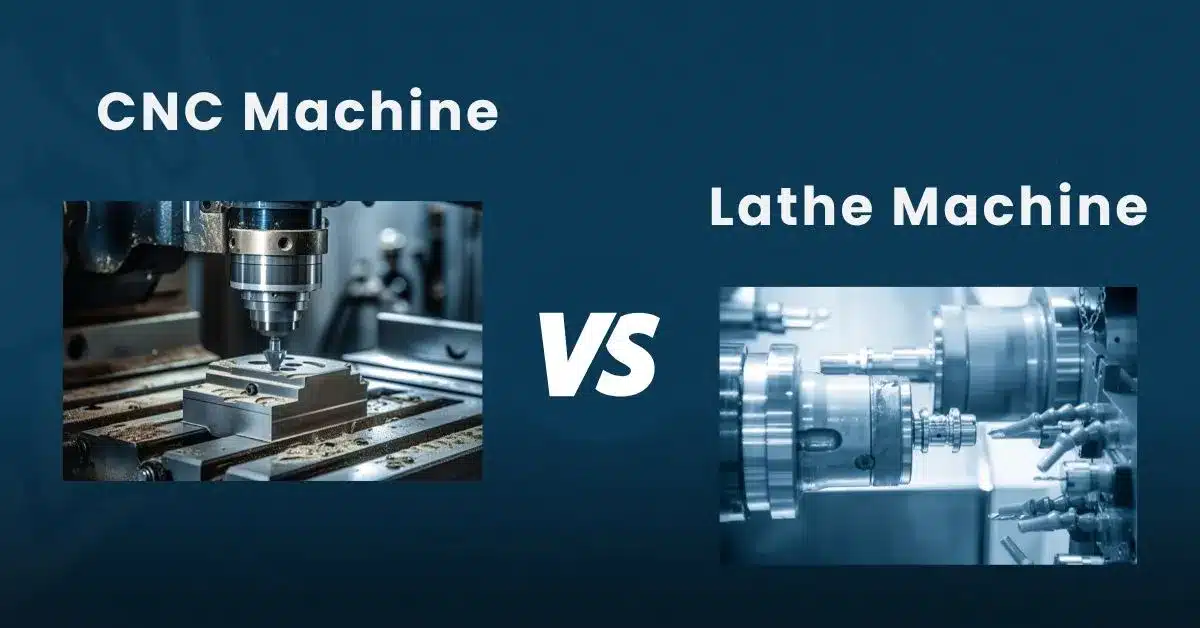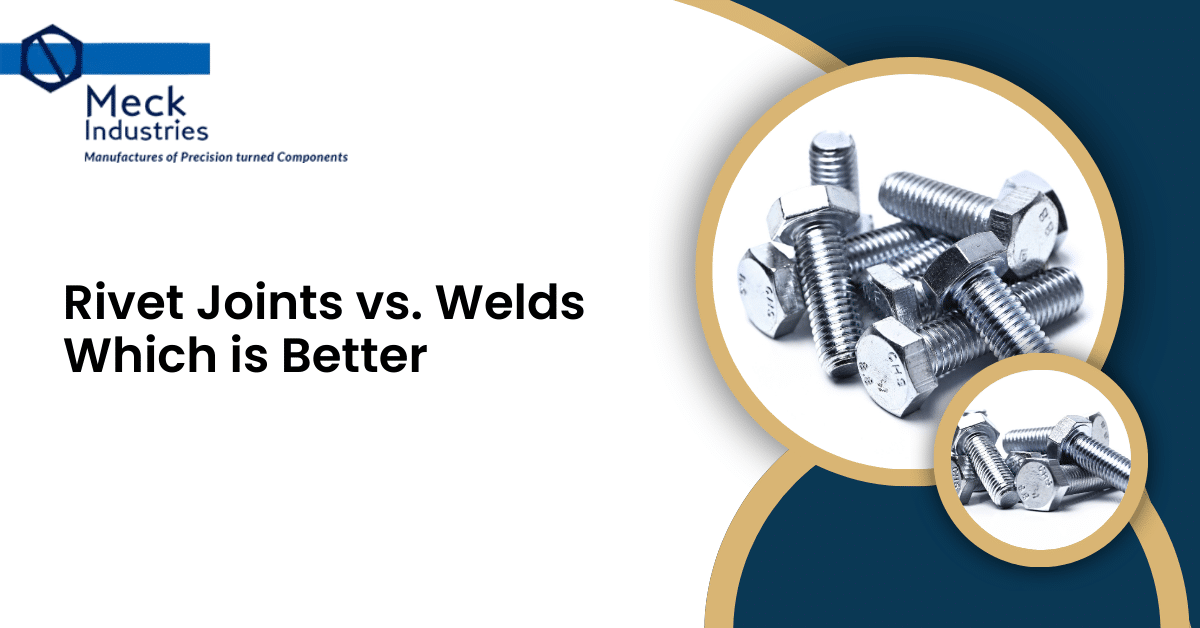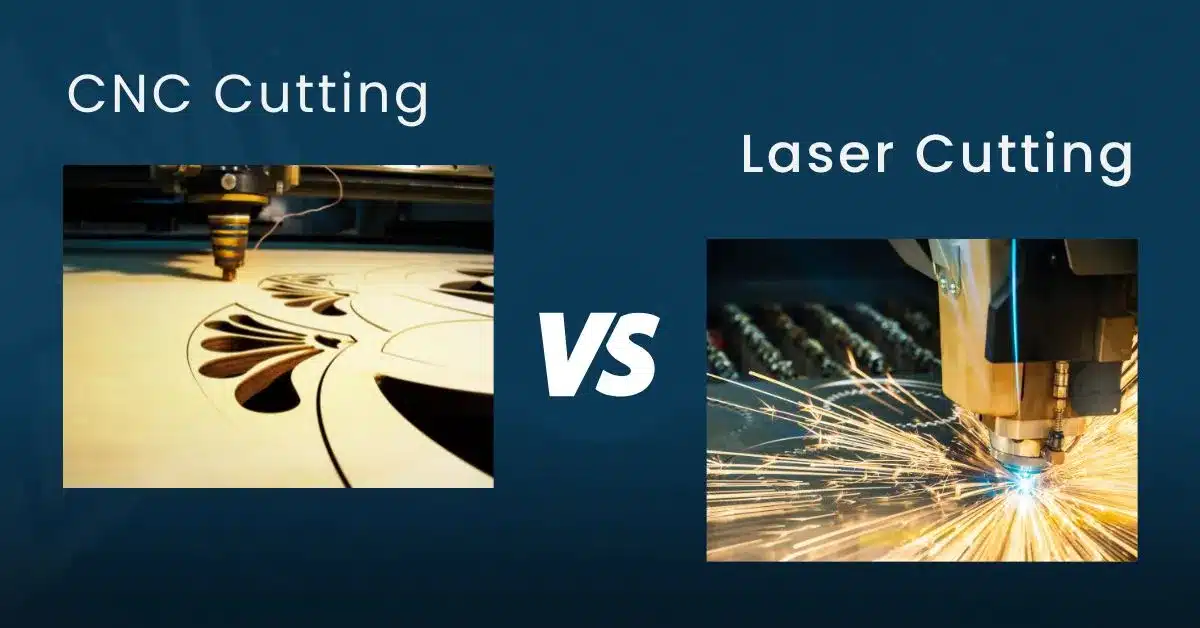
In the world of precision manufacturing, CNC (Computer Numerical Control) machining plays a vital role. Two of the most commonly used machining processes are CNC milling and CNC turning. Although both processes remove material from a workpiece to shape it, they do so in distinct ways. Understanding the differences between these two methods can help manufacturers choose the best option for their specific requirements.
In this blog, we’ll explore the characteristics, advantages, and ideal applications for both CNC milling and CNC turning to help you determine which process is most suitable for your project.
What is CNC Milling?
CNC milling is a machining process where a rotating cutting tool removes material from a stationary workpiece. The tool can move along multiple axes (typically X, Y, and Z), allowing it to cut in different directions. This flexibility makes CNC milling ideal for creating complex shapes, contours, and precise holes.
Characteristics of CNC Milling:
- Multiple Axes: CNC milling machines typically move on three or more axes, offering versatility to produce intricate shapes.
- Versatility in Cutting: CNC mills can use a variety of tools, such as drills, end mills, and face mills, to create various features.
- Wide Range of Materials: CNC milling can handle metals, plastics, and composites, making it suitable for many industries.
Applications of CNC Milling:
- Flat surfaces and contours: Ideal for producing parts with flat or complex surface designs.
- Holes and slots: Perfect for creating precise holes, pockets, and slots in materials.
- 3D parts: Well-suited for prototypes and parts requiring high levels of detail and precision.
What is CNC Turning?
CNC turning involves rotating the workpiece while a fixed cutting tool removes material from it. Unlike milling, where the tool moves, turning uses the rotation of the workpiece to cut it into the desired shape. This method is ideal for parts with rotational symmetry, such as shafts or cylindrical objects.
Characteristics of CNC Turning:
- Rotating Workpiece: The workpiece spins while a cutting tool moves along the X and Z axes to remove material.
- High Surface Finish: CNC turning produces smooth surfaces on cylindrical or conical parts, ideal for high-quality finishes.
- Efficiency: Because of the rotating workpiece, turning is more efficient for parts that require simple shapes like rods or shafts.
Applications of CNC Turning:
- Cylindrical parts: Great for shafts, pins, and bushings.
- Threading: CNC turning is commonly used for cutting threads on rods or screws.
- Conical shapes: Ideal for parts that require tapering or creating conical features.
CNC Milling vs CNC Turning: Key Differences
To better understand the distinctions between CNC milling and CNC turning, here’s a comparative table that outlines their key differences:
| Feature | CNC Milling | CNC Turning |
| Workpiece Movement | Stationary workpiece, rotating cutting tool | Rotating workpiece, stationary cutting tool |
| Ideal for | Complex, flat, and contoured parts | Cylindrical, conical, or symmetrical parts |
| Axis Movement | X, Y, Z, and sometimes rotational axes | X and Z axes (additional axes may be included) |
| Tool Variety | Drills, end mills, face mills, and other tools | Single point cutting tool or inserts |
| Surface Finish | High precision and complex finishes | Ideal for smooth finishes on cylindrical surfaces |
| Applications | Aerospace, automotive, electronics, and prototypes | Automotive, aerospace, and hardware components |
CNC Machine Parts Manufacturing
As a CNC machine parts manufacturer, we specialize in producing high-precision components for various industries. Whether it’s for CNC milling or CNC turning, we manufacture machine parts that meet stringent tolerances and ensure optimal performance. Our expertise in both processes allows us to offer superior parts that contribute to the seamless operation of machines.
Why Choose Our CNC Machine Parts?
- Precision: We ensure that every part is made with utmost accuracy to meet the highest standards.
- Quality Materials: We use premium-grade materials that ensure durability and long-term performance.
- Customization: We offer tailor-made solutions to suit the specific needs of your machinery or project.
- On-Time Delivery: We understand the importance of timelines in manufacturing and always deliver on schedule.
Whether you need parts for CNC milling or CNC turning, we provide comprehensive solutions that enhance machine efficiency and longevity.
Which Process Should You Choose?
The decision between CNC milling and CNC turning largely depends on the specific needs of your project. Here’s a quick guide:
- Use CNC Milling when you need to create complex geometries or parts with multiple features such as holes, pockets, or intricate contours.
- Use CNC Turning when you need to produce cylindrical or conical parts, or when a smooth surface finish is required for symmetrical components.
Frequently Asked Questions
What is the difference between CNC turning and milling?
CNC turning involves rotating the workpiece while the cutting tool remains stationary, making it ideal for cylindrical parts. CNC milling, on the other hand, uses a rotating tool to cut into a stationary workpiece, suitable for complex shapes and features.
Is milling the same as turning?
No, milling and turning are distinct machining processes. Milling involves rotating the cutting tool, while turning rotates the workpiece, resulting in different applications and part shapes.
Conclusion
Both CNC milling and CNC turning are essential machining processes in modern manufacturing, offering precision, efficiency, and versatility. While CNC milling excels at creating complex shapes and features, CNC turning is best suited for parts requiring rotational symmetry. Understanding the differences between these two processes will help you make the right choice for your project, ensuring high-quality results.
As a CNC machine parts manufacturer, we specialize in providing parts that are optimized for these processes, ensuring your machines perform at their best. Whether you choose CNC milling or turning, we can provide the precision-engineered components you need for your manufacturing success.



